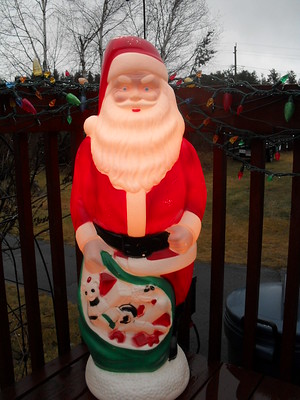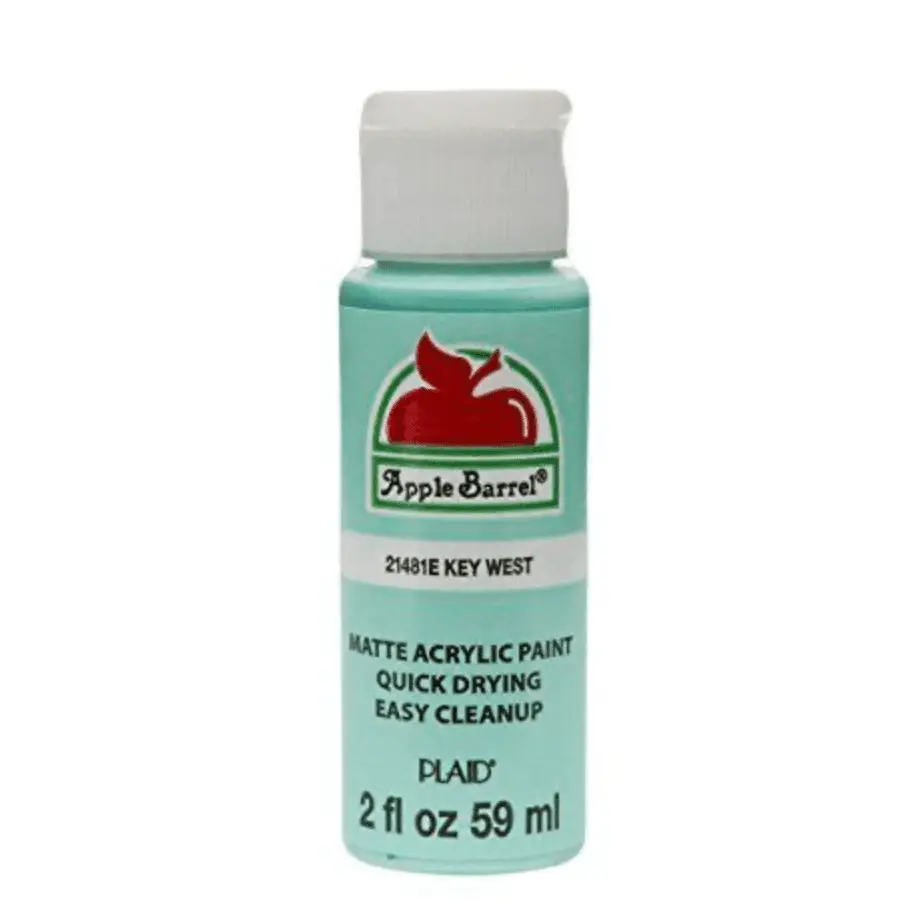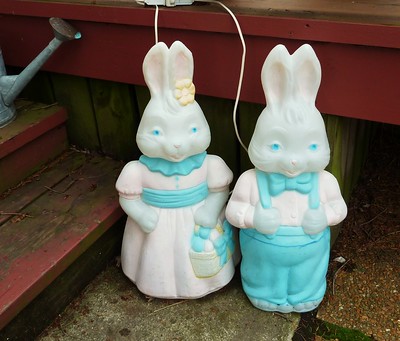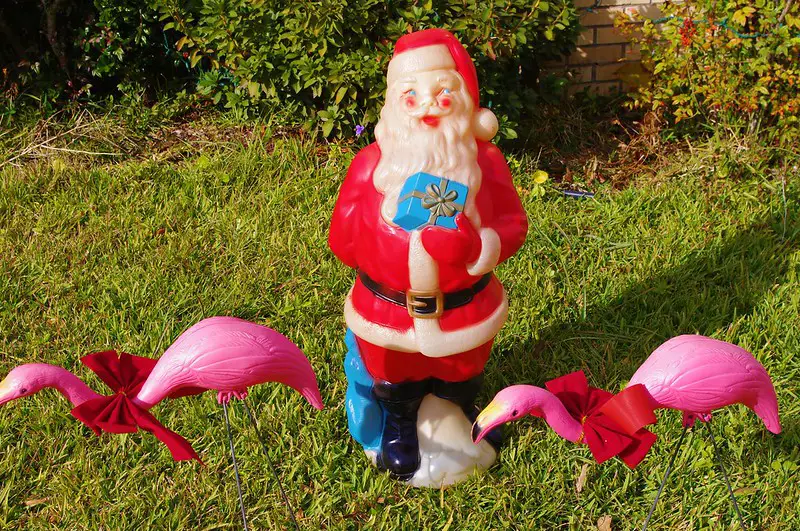Do you have some blow molds at home that are wearing out? You might wonder if you can paint over them, but you’d need to make sure you wouldn’t ruin them. The molds consist of plastic, so it can be tricky to know.
So, can you use acrylic paint on blow molds? You can use any paint on blow molds as long as it can stick to the plastic. Acrylic paint can adhere to plastic, but you must prepare the surface first. If you do, it should stick nicely.
You’ll want to learn more before you attempt to paint your blow molds yourself. Below you’ll learn how to paint on blow molds and more, so let’s keep reading!
Can You Use Acrylic Paint on Blow Molds?

You can use any acrylic paints you already have on your blow molds. However, you will need to prep the surface of the plastic first. If you don’t, the paint will chip and flake off once it dries.
The best way to prepare the plastic blow molds is to first scratch the surface. Doing so gives the plastic more texture, which the paint can “hold” onto. You’ll also want to do your best to remove as much of the original paint job as possible so that you can paint over the mold with your own.
You can use Liquitex Primer to prime your surface before applying the acrylic paint.
There are other types of paint you can use if you don’t have the tools to prep the plastic. For example, plenty of spray paints work perfectly on plastics.

You can use acrylic paints successfully on blow molds, but extra steps are involved. You won’t get good results if you simply try to paint over the plastic without doing anything to it first.
How To Use Acrylic Paint on Blow Molds

You will need fine-grit sandpaper, rubbing alcohol, and a rag to prepare the plastic for painting. Once you have everything ready, you can follow these steps to prep your blow molds for painting:
- Use sandpaper to scratch the area on the blow mold where you want to paint.
- Wash the blow mold using warm, soapy water. Let it dry completely.
- Use rubbing alcohol and a rag to remove any remaining paint and debris from the blow mold. Allow it to evaporate completely.
- Paint over the blow mold using your acrylic paints.
You should seal your work using a spray-on sealant after the paint dries. Mod Podge offers several of its formulas as a spray, so you’ll have plenty of good options to pick from. Sealing acrylic paint can help prevent it from flaking off the plastic, making it a great idea.
As you can see, it’s simple to use your acrylics on blow molds! You will surely get outstanding, long-lasting results if you do some prep work.
What Kind of Paint Do You Use on Blow Molds?

You have a few different options for painting on your plastic blow molds. Acrylic paints are a popular option, although you can also use plastic-safe spray paints. For example, Rust-Oleum, Krylon, and Plasti Dip make spray paints that can easily stick to plastic.

If you’re using spray paint, you may still want to use rubbing alcohol to remove the factory paint from the blow molds. Once you do, you can apply an even base spray paint coating all over the mold. From there, you can add smaller details using acrylics if you want to.
There are tons of paint brands explicitly made for plastic, so you’ll want to browse your local paint shops and see what you can find.
How Do You Remove Paint From Blow Mold?

As mentioned above, rubbing alcohol is a great way to remove paint from blow molds. However, you can also use ammonia or paint strippers.
Before you start removing the paint, make sure to give your blow mold a deep clean. Removing the factory pigments is easier when there isn’t debris and dirt on the plastic. Some dish soap and a sponge or toothbrush are excellent for getting in all the grooves and creases of blow molds.
Ensure the plastic has enough time to dry before removing the paint— the water dilutes the chemicals, making it harder to get all the old paint off.
Next, use a rough scrub brush with the paint removal liquid you chose. It should almost seem like the paint “melts” away, so it’s a straightforward process. After removing all the paint, you should rinse off the blow mold and let it dry again before applying a new coat of paint.
How To Repaint Blow Molds

Repainting blow molds can be fun. It allows you to customize your decorations or refresh old ones to make them look as good as new. Here’s what you can do to repaint your plastic blow molds:
- Clean the blow mold with dish soap and warm water. Give it some time to dry completely.
- Remove the paint using rubbing alcohol, ammonia, or a paint stripper. Make sure to wear gloves!
- Rinse the blow mold and dry it off. Make sure there’s no debris on it since it’ll get trapped under the new paint.
- Lightly scratch the surface of the blow mold with fine-grit sandpaper.
- Spray paint over the blow mold to add a base coat of color. Or, you can paint over the blow mold using acrylics. Some crafters have also had good luck using Sharpies to color their plastic.
- Wait for the paint to dry. Consider adding another layer of pigment.
- Seal the blow mold using a clear coat of spray-on sealant.
- You’re done!
It may seem like a lot, but it’s a simple process once you start decorating your blow molds. I’m sure you’ll enjoy making unique designs!
Final Thoughts
In conclusion, you can easily use acrylic paint on blow molds. You’ll want to make sure you put in the effort to prep the plastic’s surface first so the paint can stick. If you don’t, your new paint job isn’t going to last long at all.
If you don’t have acrylic paint, you can also give spray paint a try! It makes it easy to cover the entire blow mold with pigment in less time. Plus, you can use it to make a base coat and add your acrylics over it.
Make sure to follow all my tips and recommended products to ensure your painted project turns out great! Also, don’t forget to check out my other articles for all your painting Q&A’s. Happy painting!


